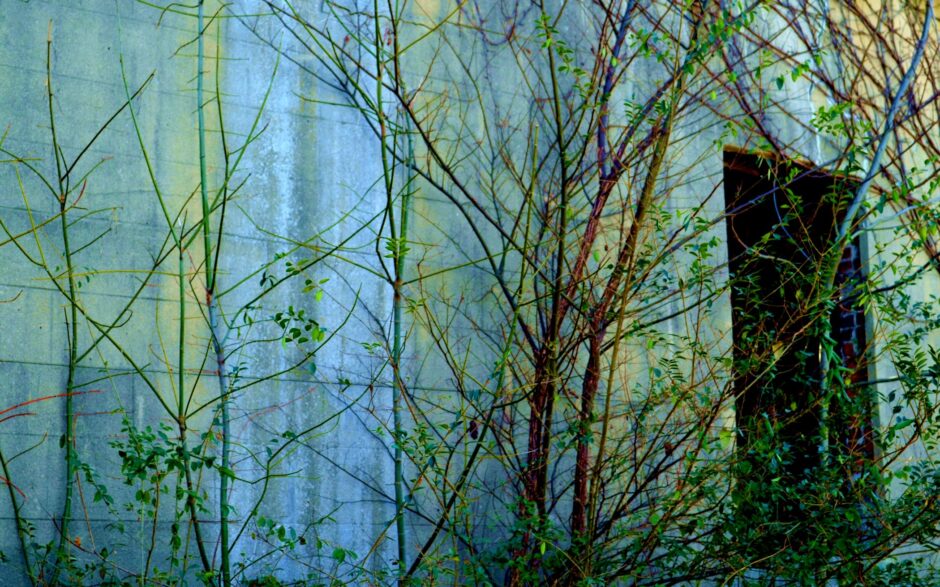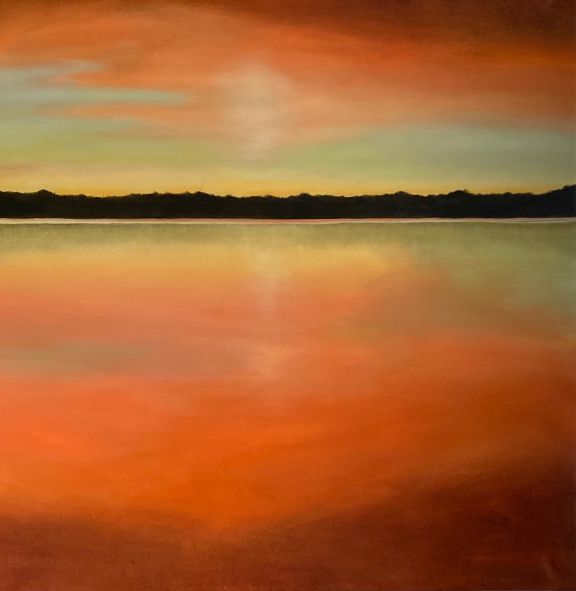THE “S” IN MISSISSIPPI
By Joe Goodell

Katherine Lee Bates got it right. America is beautiful, as is Mississippi. Her poem describing the wonders of our magnificent country later joined Samuel A Ward’s hymn, America the Beautiful, to become a patriotic favorite.
She speaks of amber waves of grain, the fruited plain, which, of course could include cotton, corn and beans, sweet potatoes, watermelons and tomatoes. The spacious skies and majestic mountains — America, blessed with God’s grace from sea to shining sea, and of the beat for freedom across the wilderness.
Given the privilege of counseling MS Bates, I would have urged from her more about the wilderness. That which includes the varieties of forests, rich and deep, deserts of the west, and wetlands of the southeast. Inform a lady that she is as beautiful as dawn on the desert, she knows that she’s been complimented.

The beauty and magnificence of a swamp, however, eludes many observers. Perhaps a put-off is the unsavory sound of that “s” word. Like a load of compost slithering off a dump wagon onto the pile out back. Note how Atchafalaya, The Everglades, Okefenokee, even The Great Dismal of Virginia, to their credit, have discarded it.

Our very own “Cypress Swamp,” with all the features and merits of its larger relatives, could be “Tupelo-Bald Cypress Aquatic Forest.” Right away your interest and appeal to visit have risen dramatically. It lies a convenient twenty miles north of Jackson next to River Bend on the Natchez Trace Parkway. The National Park Service does a splendid job preserving and presenting to you this passport to a marvel of discovery. Leaving your own home, you enter that of others as a guest to a dazzling panorama of trees, water and remarkable animals. There is more than enough beauty to soothe a tired soul, and enough variety to stimulate a lively curiosity. It is easy to become overwhelmed by the unique harmony.
At slightly higher elevations are the oak, sweet gum, dogwood and pine. Growing in the dark water, and draped with moss, are tupelo and bald cypress being ever so slowly replaced by black willow, sycamore and red maple as silt fills in. The medley of trees is a grand structure of swallowed sunlight, silos for storing shadows, where a subtle mix of fragrances is dispensed through the soft murmur of overhead branches rubbing in a light breeze.

Best observed from a distance are a few of Mississippi’s fifty-five snake species and, of course, el lagarto, as the Spaniards called him. Best observed up close is the small stuff, the frogs (both source and subject of music), the turtles and a mini world of insects hidden among the leaves and in patches of bark.
Inconspicuously masked in natural shades of the forest you are likely to meet squirrels, rabbits, raccoons, opossum, armadillo, deer and even a beaver or bobcat, plus the diversity of birds busy in their domestic routines. Highly unlikely for now, but with increasing possibility, is the sighting of a black bear, magnificent but hardly as cuddly as Teddy Roosevelt would have you believe.
You might even speculate about what those cypress “knees” really do for their parent trees — the same ones perhaps seen by Hernando de Soto himself, driven by visions of silver and gold, but oblivious to the surrounding natural treasures essential for our survival.

Historically regarded as useless, wetlands in general were often drained to provide a range for planting. Today this practice is held to be destructive to environments critically important to the process of providing fresh water and oxygen for all life. On an ancient time scale wetlands produced our fossil fuels; on a shorter scale they are found to control floods, stabilize shore lines, counter erosion and recharge ground water.
Mississippi’s wetlands, far from being wastelands, are linked to images of southern landscape, spaces for intercultural encounters. They are lowland waterways unimpeded by mountains, free to change course, forever moving, though slowly, as a half-way world between things terrestrial and those aquatic. The shallow water, its level changing with the seasons, supports a hydrologic community of fascinating resources and life forms in progress from primeval times.
There are marshes, those tracts of low wet soft grassland without trees, and the swamps (aquatic forests), wet spongy land with trees. The estuary of Mississippi’s Pascagoula River is a seamless enchanting passage from the treeless grass and water expanse to the wetland forest, a colorful tapestry affluent with trees and shrubs, all spread beneath a bright sky dotted with popcorn clouds.
 Quite opposite to the sinister and forbidding specters of literary superstition and Hollywood, or to that “marsh of the Styx” from Dante’s “Devine Comedy,” lowland waterways are vital in the “great scheme of things.” They deserve our protection and reverence alongside the majestic mountains, under spacious skies, as rightful partners of “America the Beautiful.”
Quite opposite to the sinister and forbidding specters of literary superstition and Hollywood, or to that “marsh of the Styx” from Dante’s “Devine Comedy,” lowland waterways are vital in the “great scheme of things.” They deserve our protection and reverence alongside the majestic mountains, under spacious skies, as rightful partners of “America the Beautiful.”
All photos provided by Deborah Fagan Carpenter



I really enjoyed this homage to the wetlands of Mississippi. I had the opportunity to live in Louisiana for quite awhile, and was always moved by the sudden appearance of a swath of wetlands as you rounded a major curve in the road. As breathtaking as your first sight of the Smokies or the first view of the gulf, as it slowly comes into view. Thanks Deborah
Thank you Susie, but all thanks goes to Joe Goodell, who did such a nice job with this piece. We appreciate your continued support!
That was a wonderful piece. The beautifully constructed sentences come alive and accurately captures the essence of the scenes being described. Thank you.
Gary: And thank you for your generous comment. It was, in fact, the beautifully constructed scenes being described (like the hands of a masterful masseuse) bringing alive the sentences as I absorbed that essence over several hours within those aquatic forests. They were the author, I was the scribe. Thanks again.
This piece reminds me of a discussion that I had with an Irishman several decades ago. He pointed out that Mississippi and Ireland have similar backgrounds, and out of that has arisen an amazing source of artists of every kind. He went on to point out that both had a battle between two ethnic groups, the Catholics and Protestants in Ireland, and the blacks and whites in Mississippi, but these serious conflicts have led to outstanding contributions from many involved. The geography has played a significant role in that.
Will: Right on; fascinating stuff the interplay of geography and its influence on culture (ref “History” and “Geography”, two volumes of the 24 vol set “New Encyclopedia of Southern Culture”). Both Eire, Erin and the Magnolia State are blessed with magnificent land.
I have, for some time now, enjoyed “PorchScene,”and this insertion is a testament to all the other stories that have graced my in-box — I offer my thanks and appreciation for allowing me the privilege… Would it be possible to include some of my writings in PorchScene?
I
2016
Leonard, thank you so much for your wonderful comment, and yes, please feel free to send us some of your writing for review. We’ll have a look to see if we’re a good fit. We always welcome new contributors, and we certainly appreciate your interest. send to: dfcarpente@aol.com